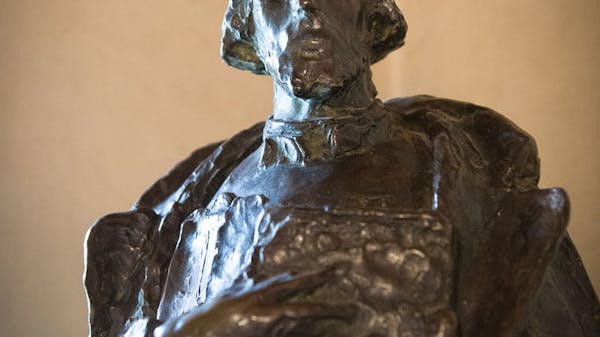THE COUNCIL OF CONSTANCE
The focus of the Council of Constance was threefold: firstly it was to resolve the debacle of the Papal Schism that had limped along for the better part of 40 years, secondly, it was to deal with heresies, chief of which were the heresies propagated by Wycliffe and Huss. In dealing with the Papal Schism the issue at hand was to decide which of the three rival Popes, all claiming the right to the seat of St. Peter, was the true pope and in doing so to set up a single sovereign over the church of Rome thus uniting it and bringing an end to an era of division and humiliation. With regards to the charges of heresy the council began with Wycliffe, finding the deceased reformer to be a heretic and denouncing his writings to be the same they ordered that his bones be exhumed and burned, having done this they then turned their eyes to the heretic, Jan Hus.
Huss had traveled to Constance upon the promise of safe passage by the emperor and the Pope but this safety was short lived and at the command of the pope and cardinals he was thrown into prison. Sickly and enfeebled by the ghastly conditions in prison and weighted down with fetters, he appeared before Sigismund and his council in the Munster of Constance. His trial was long and arduous but he firmly maintained his position, denouncing the corruption of the hierarchy of Rome and when ordered to recant or to face a martyr’s death, with a quiet dignity he chose the latter.

